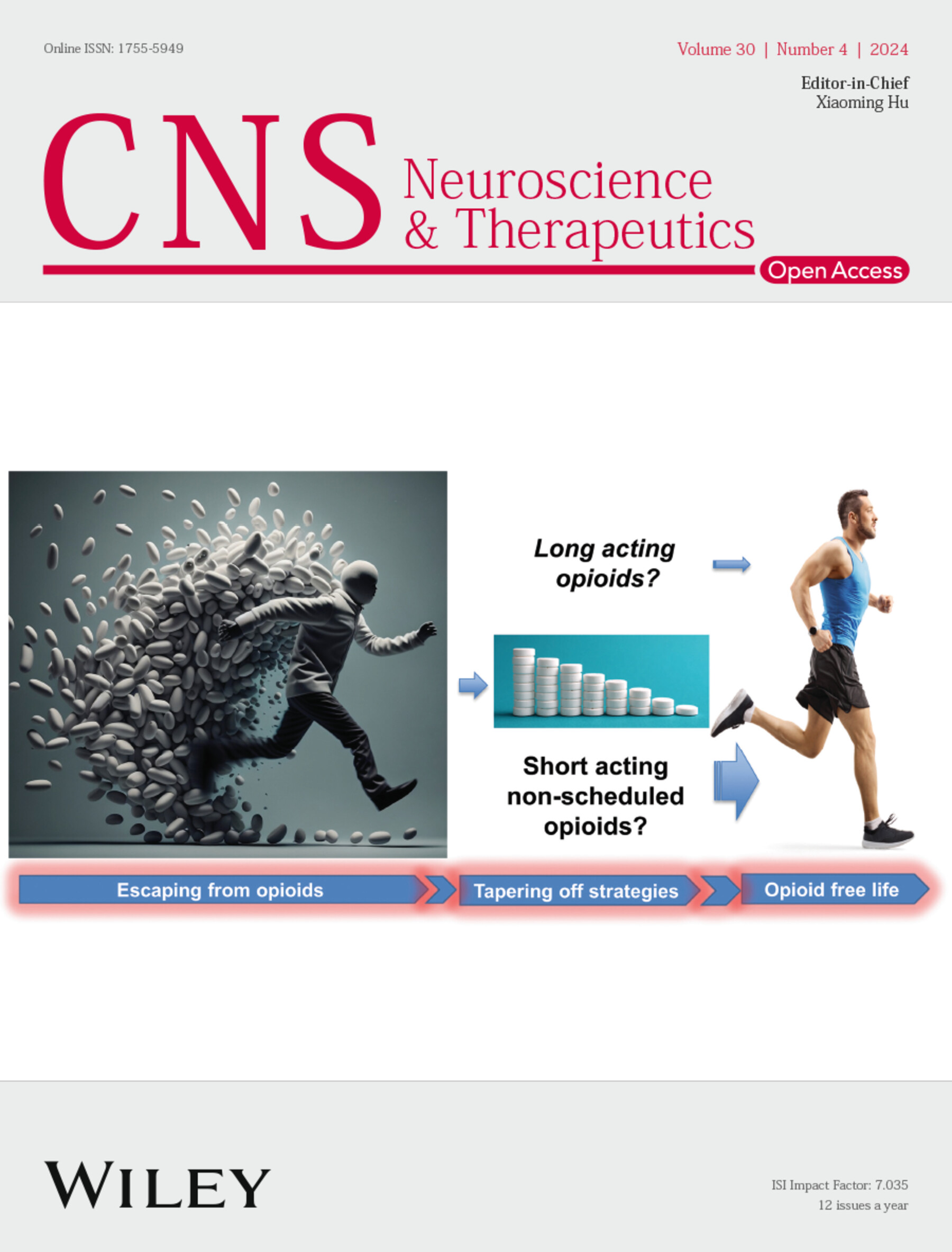A Drug Delivery to Improve Prognosis of Traumatic Brain Injury Mice Through Mouse-Derived Nerve Growth Factor Coated by a Nanoparticle
Abstract
Objective
The large molecular weight and limited permeability of mouse-derived nerve growth factor (mNGF) across the blood–brain barrier (BBB) have restricted its therapeutic use after brain injury. We therefore hypothesized that encapsulating mNGF in nanoparticles would facilitate BBB transit, increase delivery to the brain parenchyma, and consequently improve the treatment of traumatic brain injury (TBI).
Methods
Nanoparticles were used to encapsulate the high-molecular-weight protein mNGF to improve its delivery. Traumatic brain injury (TBI) was induced in mice, which were then allocated to four groups, including a sham group. Intramuscular injections of mNGF—either free or nanoparticle-encapsulated—were administered. To elucidate the mechanism of action, the aquaporin-4 inhibitor 2-nicotinamide-1,3,4-thiadiazole (TGN-020) was additionally given to the nanoparticle group. Glymphatic function (cerebrospinal fluid influx and efflux) was quantified by immunofluorescence. Blood–brain barrier integrity, peri-lesional parenchymal structure, and axonal repair were examined using Evans blue extravasation, immunofluorescence, and Western blotting. Neuronal apoptosis and focal neurological damage were measured with TUNEL staining and Western blot analysis. Functional outcomes were assessed with the modified Neurological Severity Score, rotarod performance, and the Morris water maze.
Results
Nanoparticle encapsulation markedly increased the amount of mNGF that reached the brain parenchyma relative to conventional administration. Enhanced delivery enabled substantially more exogenous mNGF to traverse the BBB in TBI mice than did uncoated mNGF. The treatment attenuated TBI-induced neuronal apoptosis, up-regulated genes involved in neurogenesis and myelinogenesis, restored glymphatic inflow and outflow, repaired BBB structure and function, and mitigated cognitive deficits. These benefits were abolished by the aquaporin-4 inhibitor TGN-020, indicating that mNGF improves TBI outcome by correcting AQP4 dysfunction. To our knowledge, this is the first demonstration that nanocrystallized mNGF can cross the BBB efficiently after TBI and thereby foster neural repair and functional recovery.


 求助内容:
求助内容: 应助结果提醒方式:
应助结果提醒方式:


